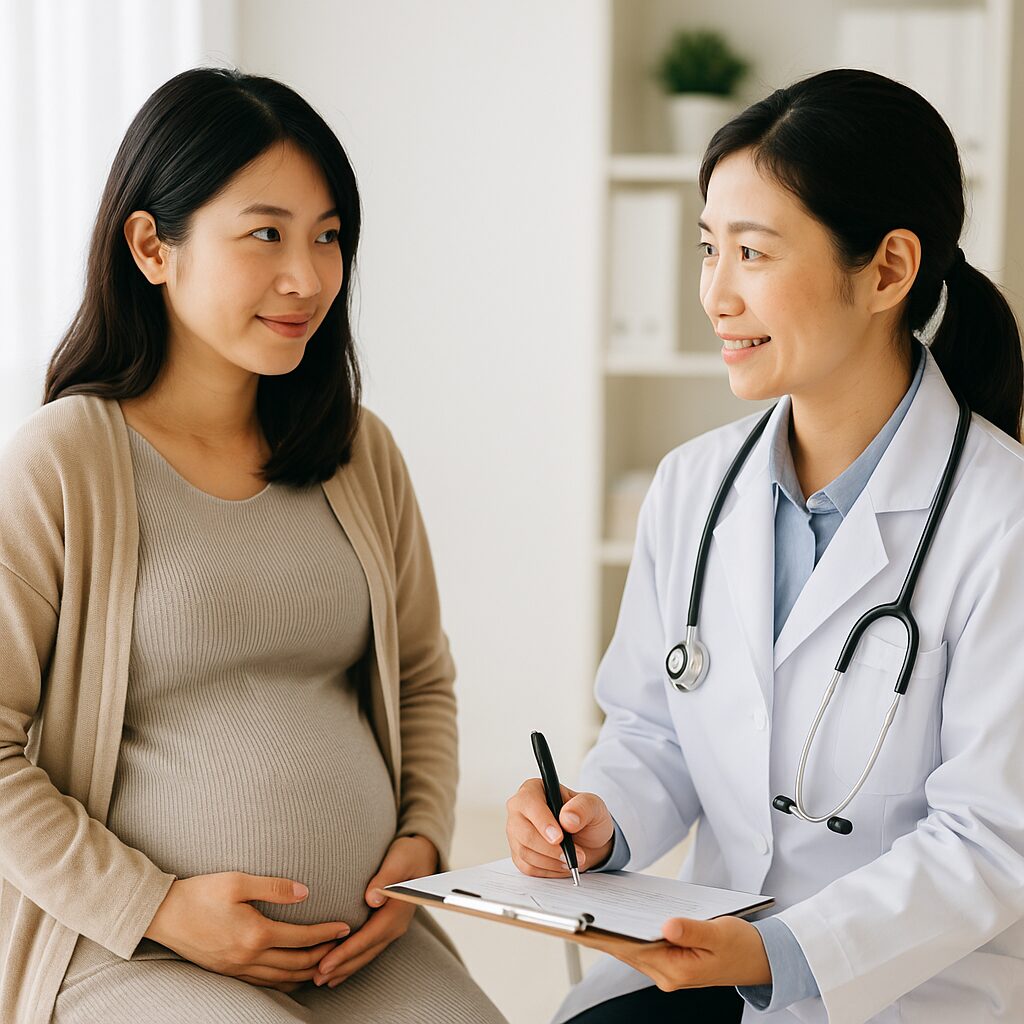Japan free childbirth for foreigners

Japan Free Childbirth for Foreigners
🍼 Giving Birth in Japan: Will Foreign Residents Be Covered by the 2026 Free Birth Policy?
Starting in fiscal year 2026, the Japanese government plans to eliminate out-of-pocket costs for childbirth. This major policy move is designed to combat Japan’s declining birthrate by reducing the financial burden on expectant families.
But what about non-Japanese residents? Will they also benefit from this free birth initiative?
This article takes a deep dive into how Japan’s childbirth cost coverage may apply to foreign residents, explaining eligibility conditions, potential exceptions, and how current systems already support international families.
🇯🇵 Can Foreigners in Japan Get Free Childbirth?
The short answer: yes—if certain requirements are met.
According to Japan’s Ministry of Health, Labour and Welfare, the policy is designed to be implemented through public health insurance systems such as Employee Health Insurance and National Health Insurance. These systems are already available to foreign nationals legally residing in Japan.
In essence, if a foreign resident is properly enrolled in Japan’s public health insurance and has a valid visa, they are very likely to be included in this new policy.
This aligns with the broader government goal of supporting people who have a stable lifestyle in Japan, regardless of nationality.
✅ Current System: What Foreign Residents in Japan Can Already Receive
Even under the current system, foreigners can receive a lump-sum childbirth allowance (called the “Shussan Ikuji Ichijikin”) if they meet basic conditions.
🎯 Eligibility Requirements (Current System)
- Enrollment in either National Health Insurance or Employee Health Insurance
- Pregnancy lasted 12 weeks (85 days) or more—even if it ends in miscarriage or stillbirth
- Valid resident registration (jūminhyō) in Japan
If these conditions are met, foreigners are treated the same as Japanese nationals. The lump-sum benefit is currently set at ¥500,000.
Many municipalities also provide multilingual guidance and interpreter services to help with the application process, especially in cities with large foreign populations.
🔍 What Will Likely Be Required in 2026 for Free Birth Coverage
While official guidelines are still under discussion, it’s expected that the same framework used for the current lump-sum system will apply.
| Requirement | Explanation |
|---|---|
| Public Health Insurance | Must be enrolled in a Japanese insurance system |
| Pregnancy Duration | 12 weeks or more (85+ days) required |
| Resident Registration | Must have an official address in Japan |
| Medium to Long-Term Visa | Typically at least one year of expected stay (some exceptions apply) |
Foreigners in Japan on work visas (e.g., Specified Skilled Workers), students, and family dependents may all qualify if these conditions are met. Visa type, however, may affect how each municipality implements the policy.
🛂 Who May Not Be Eligible for Free Birth Coverage?
Some individuals will likely be excluded from this policy, depending on their legal and insurance status.
❌ Not Enrolled in Insurance
Short-term visitors, tourists, or undocumented individuals not enrolled in public insurance will not qualify.
❌ No Resident Registration
Even if living in Japan, people without an official jūminhyō are generally excluded.
❌ Short-Term or Unclear Visa Status
People on 90-day temporary visas (tourism, short visits) or without a clear long-term stay plan are usually ineligible for insurance and, by extension, for this policy.
🌐 Giving Birth Overseas While Enrolled in Japanese Insurance
Foreign residents who are insured in Japan but give birth overseas (for example, during a temporary return home) can still apply for the childbirth lump-sum allowance, if they meet the conditions.
Required Documents for Overseas Birth
- Official birth documentation from the hospital (with physician’s or midwife’s signature)
- Japanese translation of the medical documents
- Proof of insurance and identity
- Application forms submitted to the insurer or municipality
Deadlines apply, so preparing early and consulting your insurance provider or city office is recommended.
📝 Summary: A Supportive Environment for Foreign Families in Japan
Japan’s 2026 childbirth cost coverage plan is designed to reduce economic pressure on families. It’s likely to include all legal residents who contribute to Japan’s public insurance system—regardless of nationality.
| Situation | Eligible? | Notes |
| Public insurance + registration | ✅ Likely Yes | Most long-term residents will qualify |
| Not enrolled in insurance | ❌ No | Must enroll to benefit |
| Tourist/short-term visa | ⚠️ Unlikely | Not eligible under most scenarios |
| Overseas birth while insured | ✅ Conditionally | Requires paperwork and deadlines |
💡 Advice for Expecting Foreign Residents in Japan
- ✅ Make sure you are enrolled in public health insurance and have resident registration
- 🏥 Confirm with your clinic or hospital about fees and coverage in advance
- 📘 Consider joining local parenting programs (some offer sessions in English or other languages)
- 🌐 If needed, contact your city’s international center or a nonprofit for support and translation
As Japan continues to refine this policy, foreign residents should stay informed through local city halls or embassy bulletins. Giving birth should be a joyful experience—free from anxiety about costs or red tape










